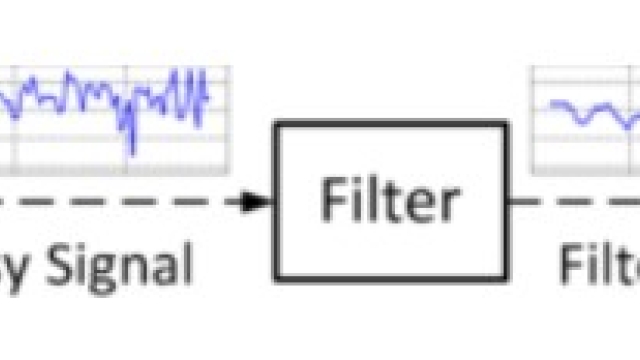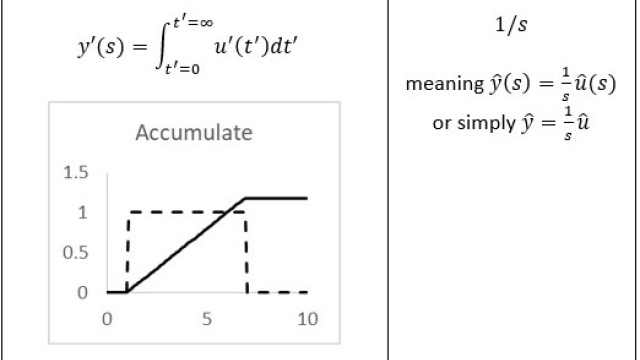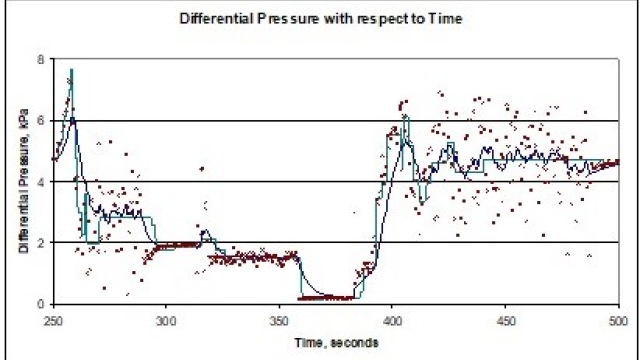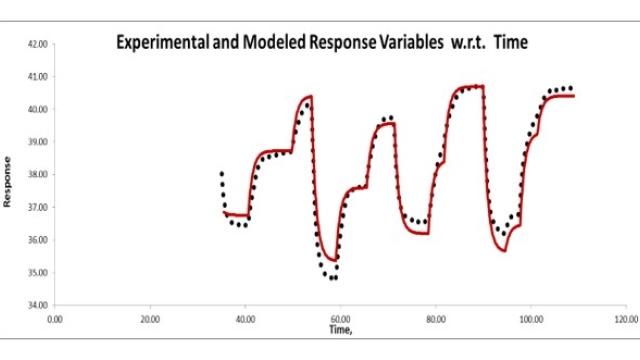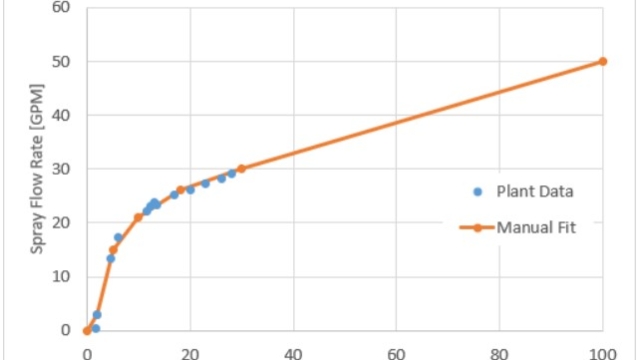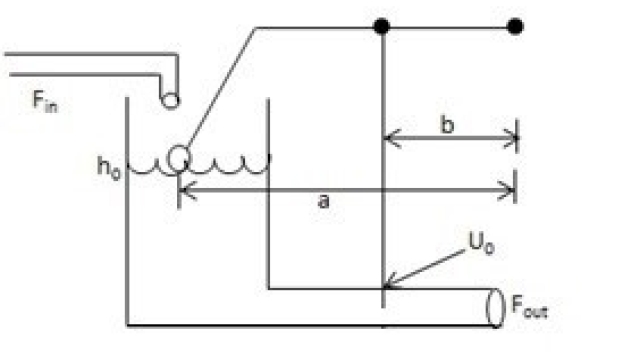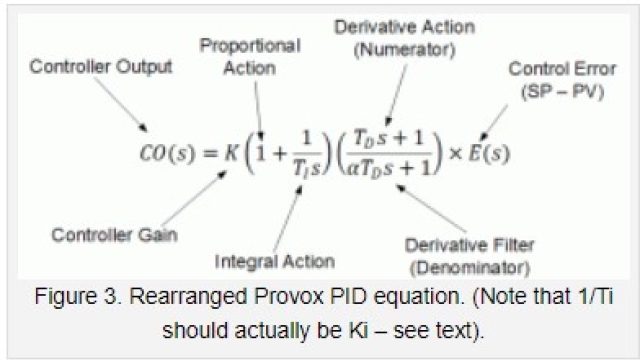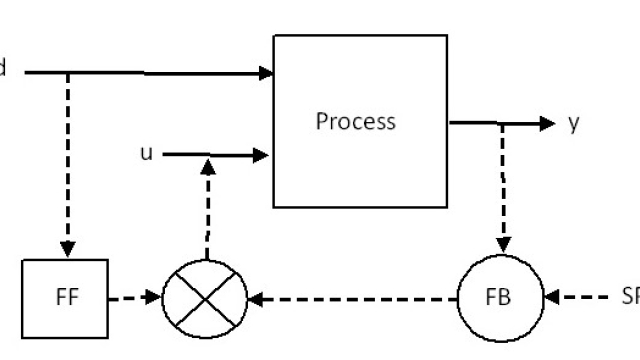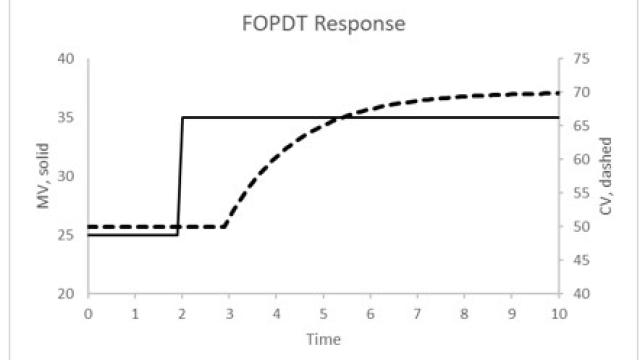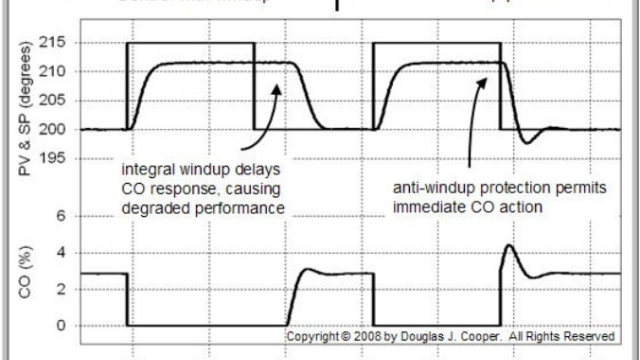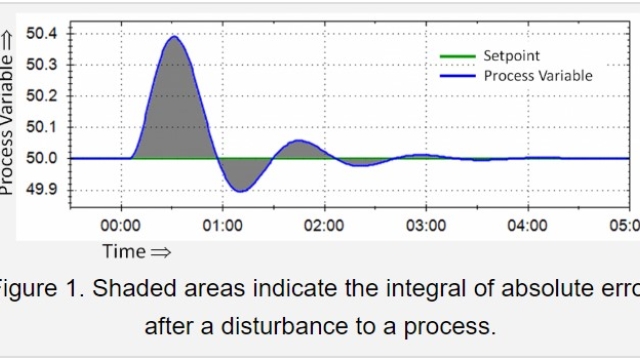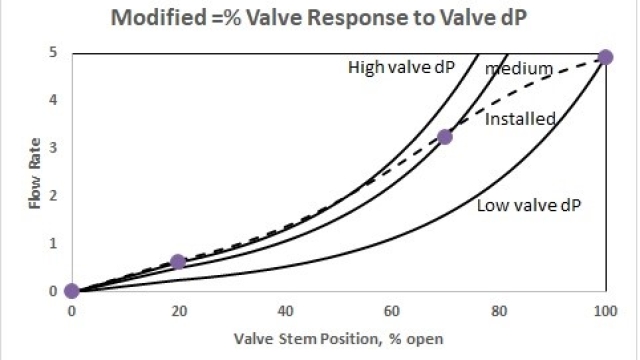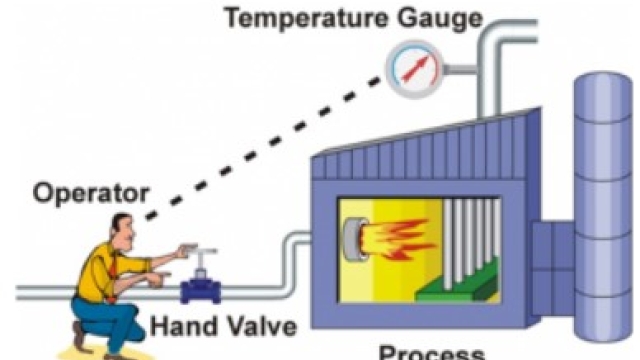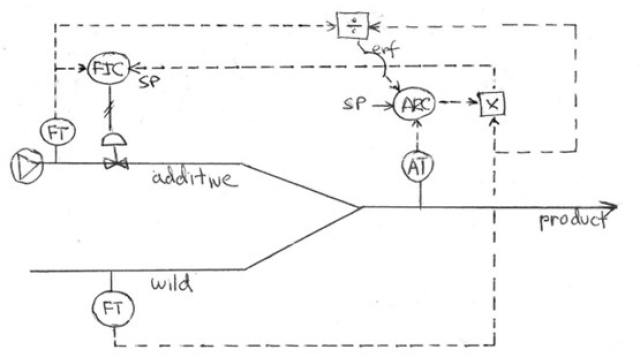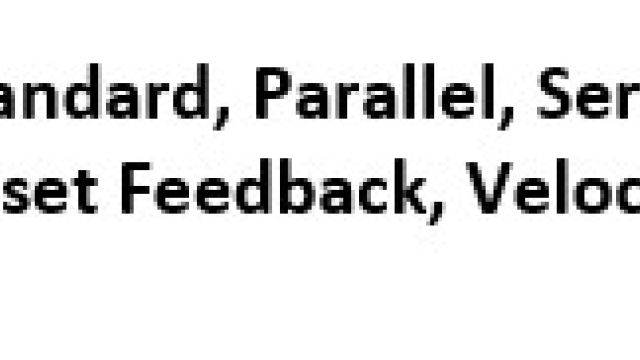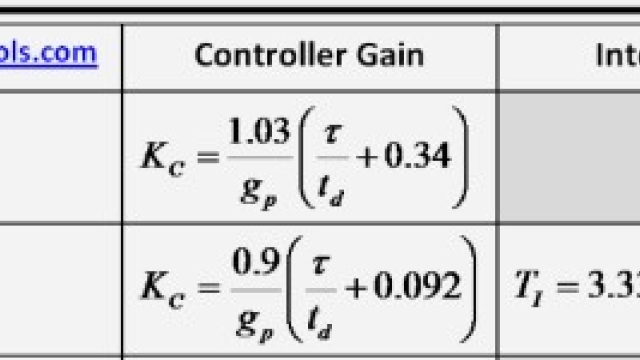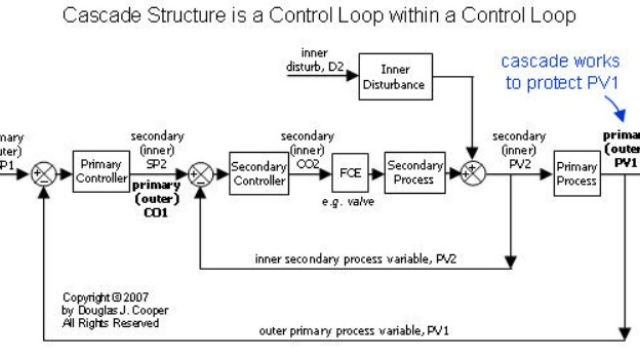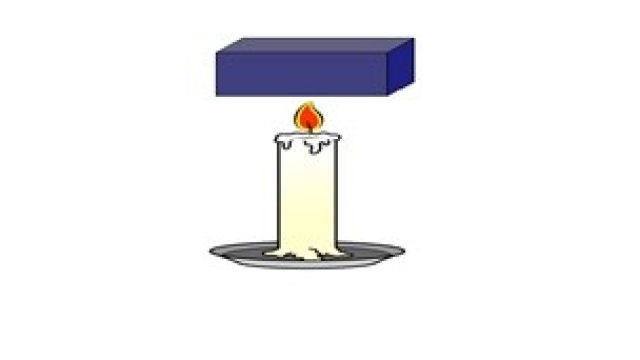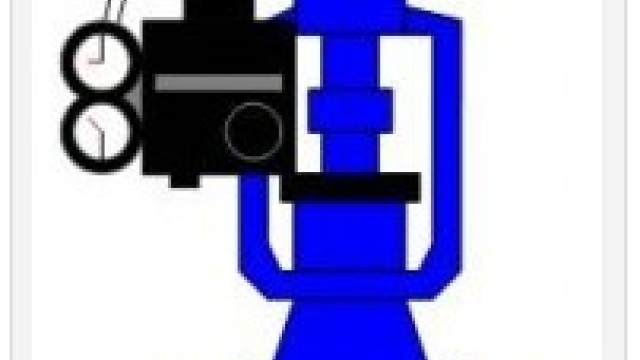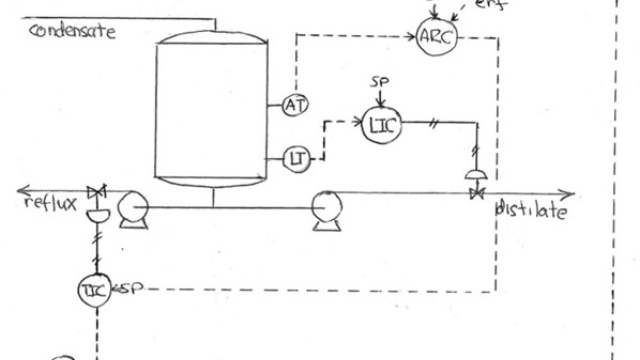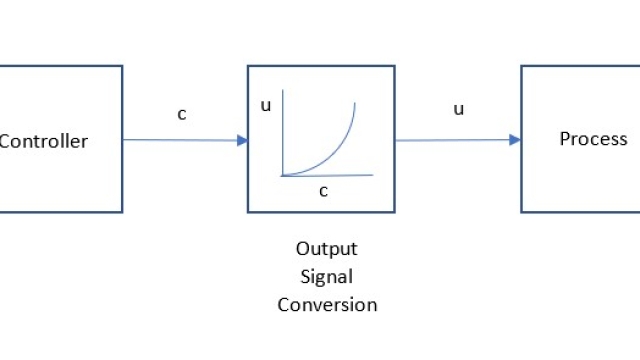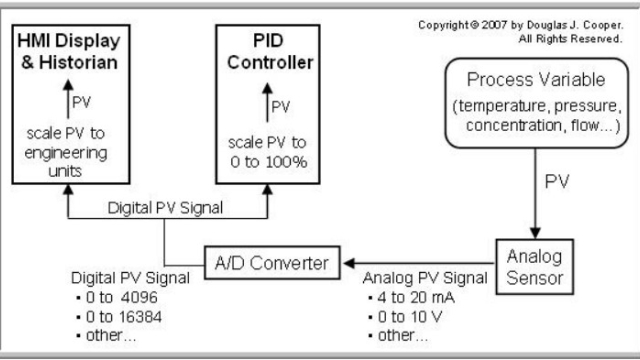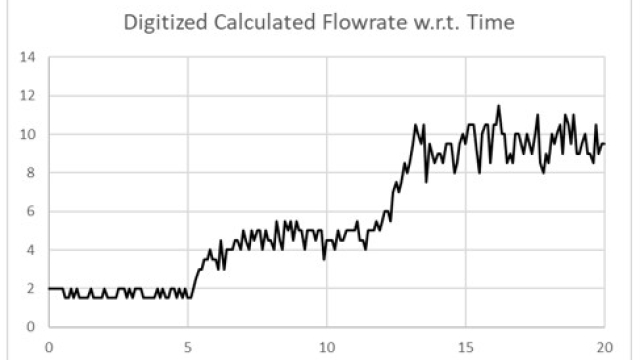The chemical process industries (CPI) convert natural resources into useful products. The CPI sectors include pulp & paper, glass, petroleum refining, mineral refining, chemicals, polymers, food, paint, pharmaceuticals, water purification, fragrances, etc.
Process control differs from many other application domains (such as mechatronics, aerospace, electronic, manufacturing, and distribution), because chemical processes are typically nonlinear, interactive, noisy, have delays, have constraints (associated with safety, loss prevention, and product specifications), and are managed by low cost (low computing power) devices and, typically, by folks at an associate degree level. Fortunately, the slow dynamics of most processes, another differentiating characteristic, make control manageable.
A journey through the essential and fundamental concepts of automatic control of continuous process, which includes the in-batch control of batch processes, is aimed to provide:
- Practice-oriented context and conceptual support for a chemical engineering first course in process control, and
- Information for a practitioner needing to independently learn the essentials.
Texts for college courses typically do an excellent job in deriving equations and exercising mathematical analysis. But also, typically, texts that support the professor’s preferences of the content for upper-level Chemical Engineering courses, emphasize theory and mathematical analysis, necessarily in an idealized context. The resources here provide the practicable complementary context and practices, and a hope is that instructors and textbook authors will use the material in this journey to complement their other learning resources.
Excellent sources of such supporting material can be found on web sites:
https://r3eda.com – Russ Rhinehart’s posting on materials and VBA simulators related to control, optimization, regression, steady state detection, and professional development.
https://controlguru.com – Doug Cooper‘s postings on materials and simulators for process control. Now managed by Dennis Nash, president of ControlStation.
https://www.opticontrols.com/ - Jacques Smuts’ postings on materials, book, and simulators for process control.
To come - various postings by Greg McMillan
https://www.aiche.org/community/sites/divisions-forums/computing-systems-technology-division-cast - AIChE’s Computer and Systems Technology Division which posts various newsletter articles and white papers.
https://github.com/A-make/awesome-control-theory - a diverse posting of materials and simulators.

